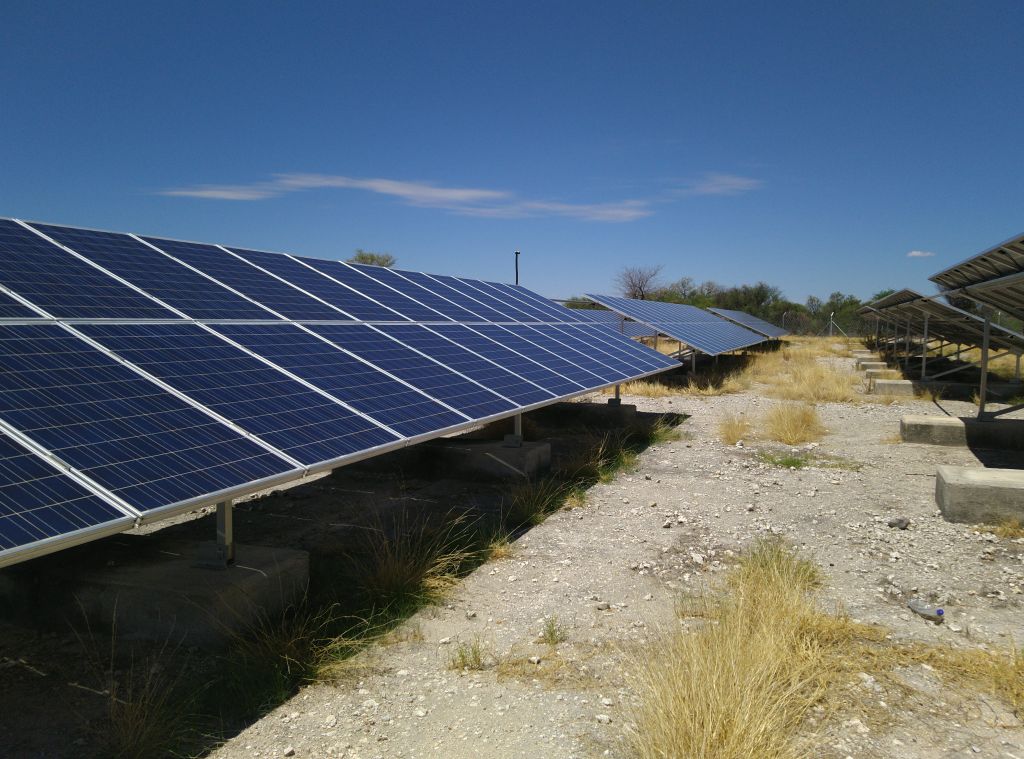Marko Nieminen, Aalto University
In the digitalising societies, a significant amount of activities is based on value creation using digital tools and platforms. The utilisation of such opportunities requires, however, access to fundamental information-society infrastructure consisting of electricity and connectivity. The existence and availability of these enabling elements is the starting point for the value-added activities that introduce new possibilities for learning and education, entrepreneuring and development of businesses, healthcare, and public services.
Essential characteristics of the new service provisioning models in this digital landscape are the electronic (e-) and mobile (m-) service delivery channels. The coverage of infrastructure that facilitates these e- and m-services has increased quickly during the last two decades. However, a significant number of people are still without access to these foundational information society backbones: access to electricity and access to information. Despite increased efforts by governments and private investors, estimates are that “650 million people will still have no access to electricity by 2030” (Rowling 2019) majority of them living in Sub-Saharan Africa where 44% of the population had access to electricity in 2017.
Challenges relate to the viable models in setting up electricity production and distribution in marginalised and remote locations. In electricity distribution, the “centralised national-grid approach” faces challenges in sparsely populated areas that do not enable economic way of expanding the distribution network to small rural communities. Similar challenges relate to the operational model of the traditional telecom and mobile network operators: financial calculations do not legitimate the investments for making the initial investments nor covering the operating costs with the traditional approaches. Therefore, significant amounts of people living in remote and marginalised surroundings are in the danger of being left to the under-served side of the digital divide.
Fresh ideas and models in tackling the challenge are needed. The World Bank Energy Progress Report in 2019 (World Bank 2019) addresses some promising directions stating that “To reach remote areas, off-grid solutions are essential; these include solar lighting systems, solar home systems, and—in-creasingly—mini-grids”. From the electricity viewpoint the last part is being addressed by the Fusion Grid project. Reaching beyond the boundaries of individual households (that is readily available as off-the-shelf isolated photo-voltaic electricity production packages) introduces interesting opportunities for systemic benefits. These include aspects of efficiency in dimensioning the grids, in enabling scalability for growth in electricity usage, and opportunities for innovative market models. Such characteristics open up possiblities, for instance through new resource boundaries, to explore economically different schemes for the electrification of previously “no-go” areas. It may, however, require complementary elements from outside the traditional electricity production and distrbution models that may be realised with connectivity and digital services that offer additional layers of value on top of pure electricity.
Fusion Grid project has been addressing the challenge with a multi-disciplinary approach. The development and implementation of a real-life pilot experiment has delivered a proof-of-concept on the possibilities of smart off-grid micro-grids. The blogs at this project website illustrate the different aspects of these emerging opportunities to electrify the remaing 600 million under-served citizens in Sub-Saharan Africa. And, perhaps some of the reports bring up additional ideas and possibilities for the increasing trend of energy production and sharing communities in other regions, too.
